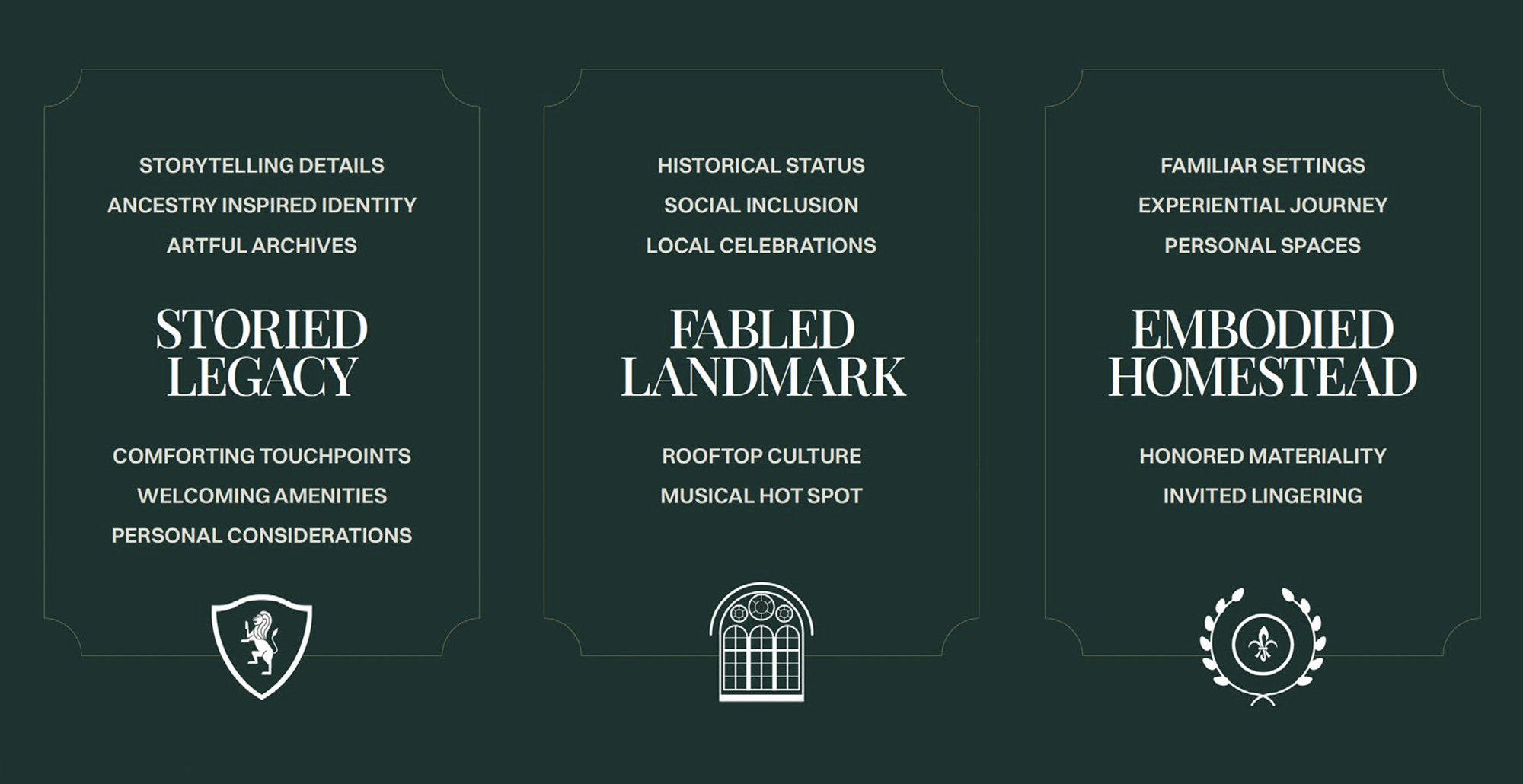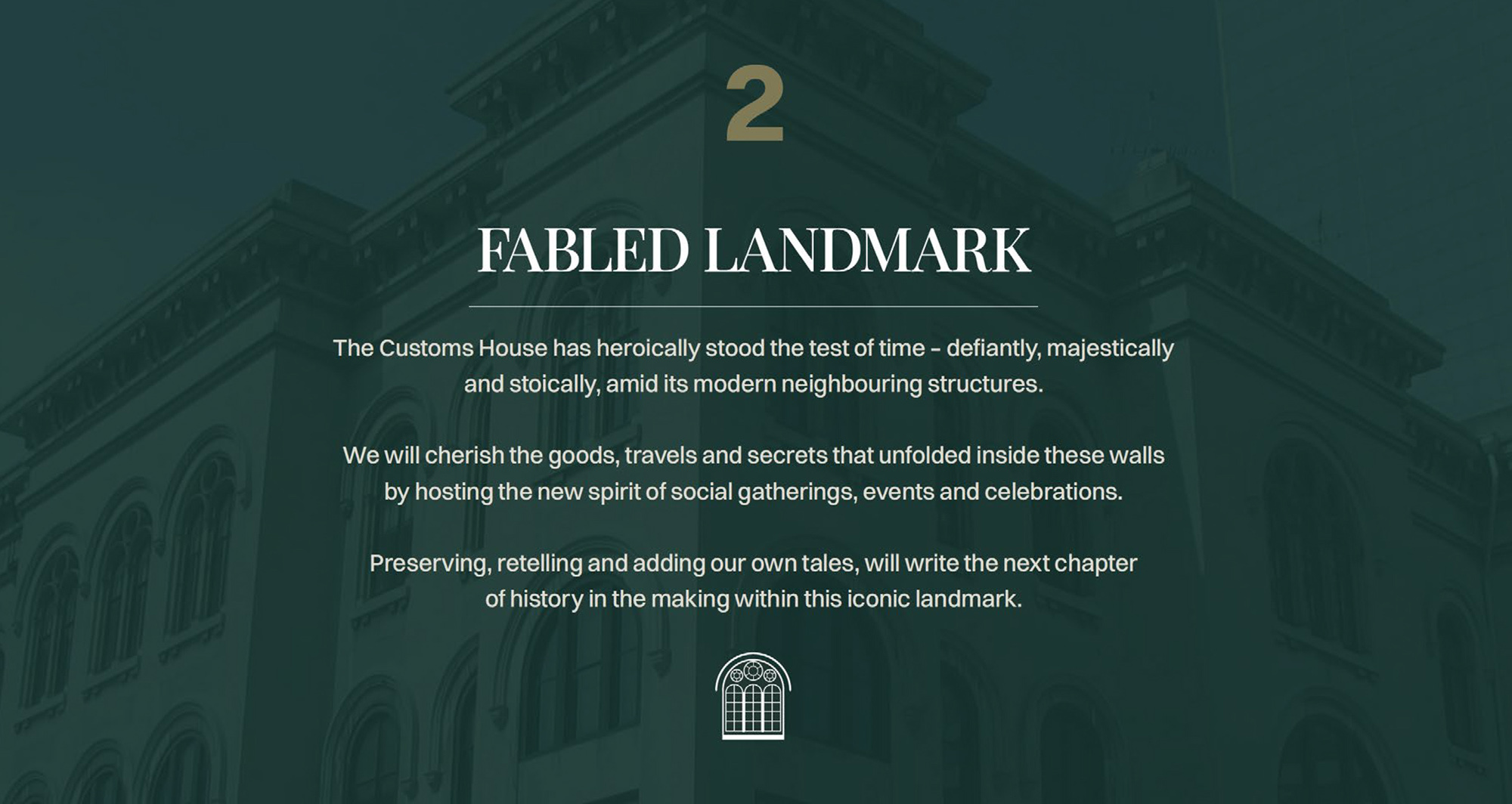A basic approach to designing a building, development or environment always incorporates visioning and conceptual inspiration. This process sets the foundation for design goals or parameters upon which the teams build. But if the vision is to create an engaging, memorable and valuable experience, is the right approach the basic one? Everyone expects memorable, one-of-a-kind branded experiences, no one wants basic.
My advice on how to not be basic: start with solid research and create a brand positioning before design. Has that been done? Great! Do the key project teams have that information or are they starting to design without those insights, opportunities and clarity in mind?
Beyond providing a fabulous design, it is our job to ensure that there is an overarching understanding and acceptance of what the human experience should feel like.
Before we get there, a few more questions should be answered: What will attract people, keep them engaged or impressed? Will the environment be relevant? Should it be relevant? What will the experience sound and smell like? Yes, smell! All before the logo.
The most important questions: what is the neighborhood missing or in need of? Will local culture accept and celebrate this new place?
Waiting too long to start thinking about the whys behind an experience can be risky and may result in a place that feels soulless and basic.
A strong, fully immersive brandable experience consists of implemented concepts and elements that are identified and defined way before getting to a name, well-designed logo, signage or collateral. We love strong branded elements and design them well, but to us, those are visual details and touchpoints that are created from a journey through considerate research and a developed and approved brand positioning. That ultimate final brand positioning serves as the catalyst for success among stakeholders, captivating individuals with its allure and ensuring sustained engagement.
Investing time and resources in collaborating with branding experts can help set the foundation needed to create something special.
 Identify and understand what the audience craves — define the potential opportunities to connect with them, turn them into believers and experiential investors.
Identify and understand what the audience craves — define the potential opportunities to connect with them, turn them into believers and experiential investors.
Gather Insights and Identify “White Space”
Survey and Research as well as Brand Strategy and Positioning are two major phases that are key to implement prior to concept design. These phases can often be accomplished in under a month, if in a time crunch. Survey and Research includes many factors: site parameters, on-site observations, historical studies, demographics, competitive analysis and insights into trends. Out of this phase discoveries are made, audiences are understood, differentiators are highlighted, and a summarized set of goals are solidified. The tangible result is a bit like a manifesto — one that the entire team, designers, owners, operators and investors should believe in!
Creation of Differentiated Brand Experience
Inspired by the discoveries made in the Survey and Research phase, the Brand Strategy and Positioning begins and a dynamic story for the brand experience is cultivated. This story is further dissected into brand principles or pillars that cascade into every element; they inform architectural language, interior design, visual narratives and experiential programming. The brand pillars lead to a brand personality that will describe the environment as if it were a person — how does it look or act? While this can be challenging, if done well it creates a strong visual that cannot be ignored or forgotten.
We have all experienced environments that are fabulous, whether subdued or extravagant, a meaningful story is told. It is told through design, art, unexpected details, a name, a hint or nod to the past or present. It must be bold at the front door and carry through each part of the journey, room or moment. It must resonate deeply. Without a plan or position, that journey can fall short. Today, people expect more and keeping environments experientially intriguing requires more. As guests, residents or consumers, we need a connection, to feel like we belong, to be given the opportunity to become part of something new and exciting. We all need a compelling reason to invest and feel elevated because of that investment.




